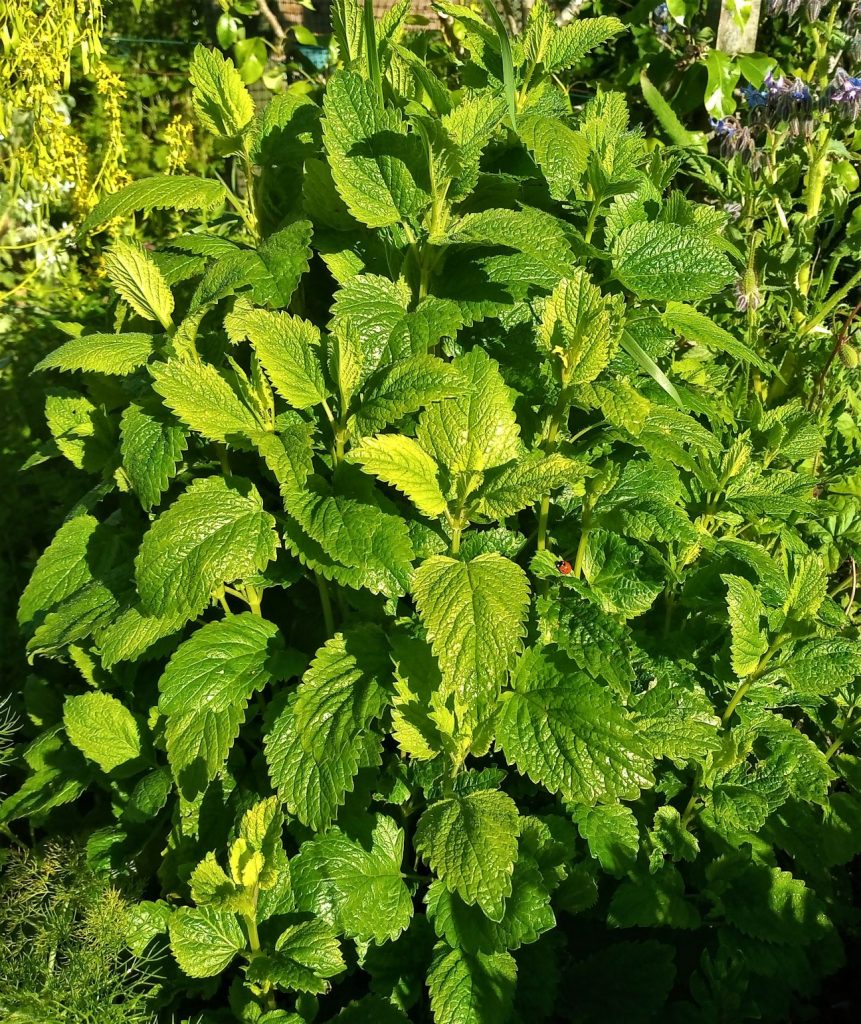
Lemon Balm, also known as Mint Balm or Common Balm, is a perennial plant in the same family as mint. It is native to the Mediterranean but now grows worldwide.
Historical Uses
In ancient Greece and Rome, lemon balm was in ointments and drinks (the leaves steeped in wine) to treat wounds. Across Europe, many countries adopted Lemon balm for its various physical and mental health benefits, even in “Carmelite Water,” which is a mixture of Lemon balm, alcohol, and other herbs and spices.
Health Benefits
Lemon Balm has a seemingly endless list of health benefits, from clinically studied anxiety reduction to digestive health.
How to plant and care for
Lemon balm can be grown indoors and outdoors. If you want to grow it outdoors, here are a few steps to ensure it flourishes in your garden.
- Plant the Lemon Balm right after the last frost in spring. It doesn’t like freezing temperatures, but it prefers the cold to the mid-summer heat. If you plant from seeds, the seeds can take up to 6 weeks to sprout
- Lemon Balm loves the sun, so it is best to grow it where it will get full sun. If that’s not an option, don’t fret! This balm is also partially shade-tolerant, so it will still thrive if there is some shade in the morning or afternoon.
- Lemon Balm grows best with well-drained clay soil. It doesn’t require too many nutrients to grow, but adding in some organic slow-release fertilizer won’t do any harm. Mixing some compost into the soil will also give it a nutrients boost.
- Plant the seeds ¼ inch deep in the soil and approximately 12 to 15 inches apart if planting seeds to start. Usually, it is good to put more than one seed in each container or ¼ inch deep hole to increase the likelihood of getting any to sprout. Once they start to grow, you might have to thin them out by digging up the roots of any bunch that grows sprouts too closely together and then transplanting them to maintain the ideal spacing.
- As for watering, it likes consistently moist soil. So water frequently to make sure the soil stays wet. However, avoid watering so much that puddles of water form in pots or on the ground. Another great way of keeping the soil moist is to mulch around the base of the plant. You only need to mulch once a year, and a 2-inch layer of organic mulch should do the trick.
Harvesting
Lemon Balm can be harvested by pulling off sprigs as necessary. Fresh leaves can be added to dishes, teas, smoothies, and other recipes. To dry the leaves to use as a spice or tea, let the sprig dry out in a dry location for a few weeks. Once they are dried, make sure to store them in an airtight container, like a glass spice jar. Avoid using plastic bags since plastic is hard to wash and reuse, and it makes it easy for the leaves to spoil from exposure to moisture.
Companion Planting
Lemon balm grows well with celery, fruit trees such as apple and apricot, mulberry, and roses. Visit the companion planting guide page for more information on companion plants!